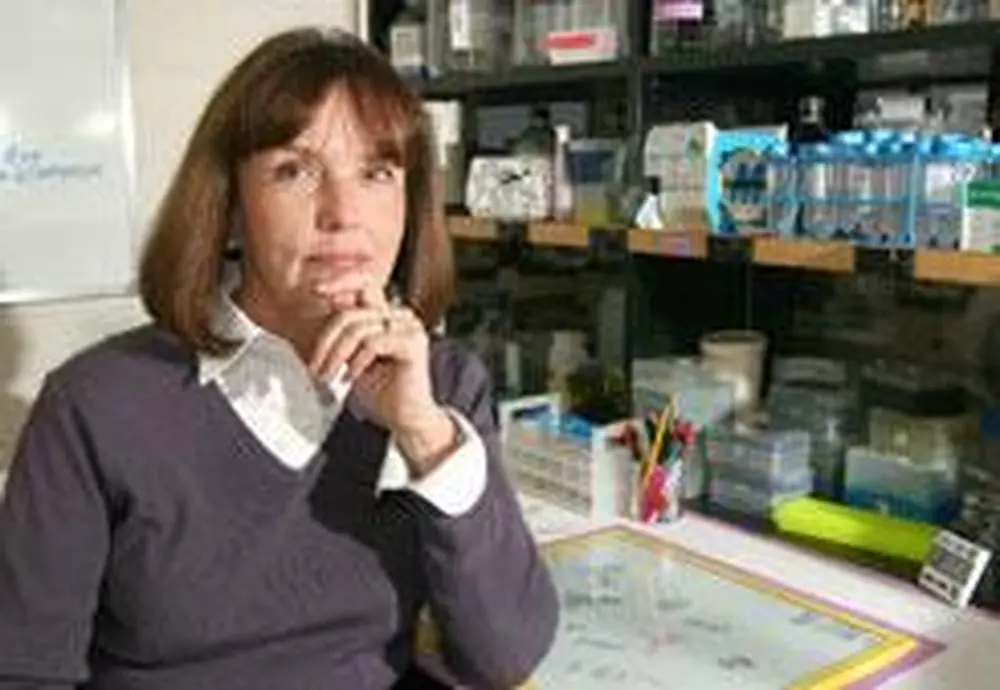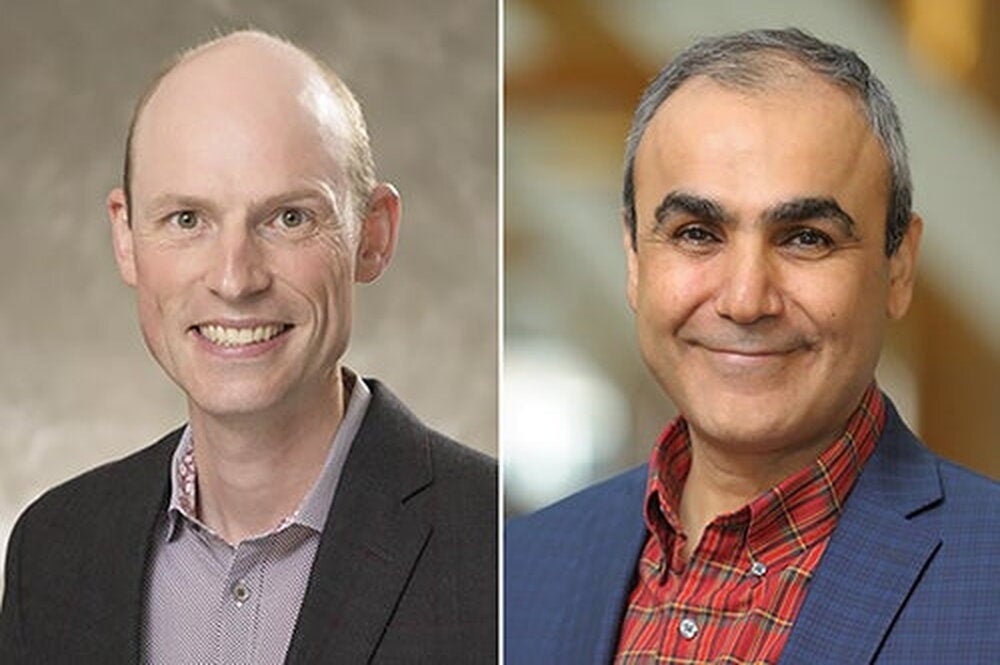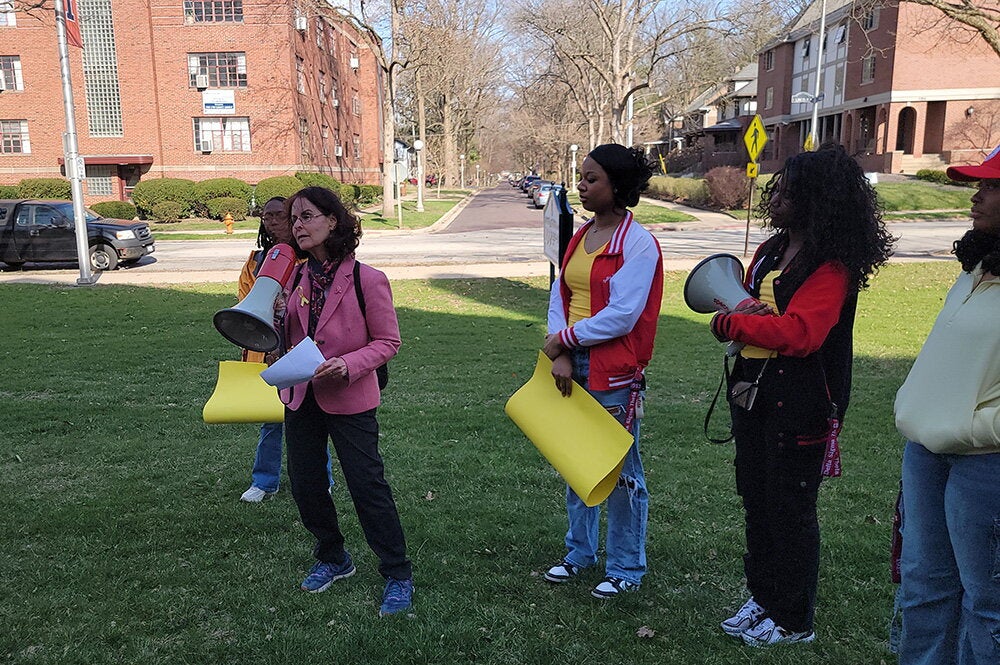

The decision whether to go with hormone-replacement therapy is complicated and confusing, says Ann Nardulli, professor of molecular and integrative physiology. However, her research has shed new light on how estrogen acts in the body-in the hopes of making these decisions a little clearer.
Estrogen, which is critical to a woman's reproductive development, drops off at menopause. To bring hormone levels back up, estrogen-replacement therapy has been the treatment of choice. But estrogen is a double-edged hormone. It helps women cope with many menopausal symptoms, such as bone density loss, but it also increases the risk of some cancers, including breast cancer.
"It's very difficult right now for women to make a choice about taking estrogen or other estrogen-like compounds," Nardulli says. "It's equally difficult for physicians to try to tell women what they should do."
Part of the problem is the mystery of how estrogen acts in the body. According to one popular picture, when estrogen finds an "estrogen receptor" on a cell, it locks in and activates cell duplication. But this simple picture obscures a more complicated process-as Nardulli's team has discovered.
Nardulli, along with graduate student Jennifer Schultz and postgraduate researcher Larry Petz, pinpointed four distinct regions on the human progesterone receptor gene that can trigger a response to the estrogen hormone.
These four regions, known as AP-1 and Sp1 sites, react in dramatically different ways when exposed to the hormones tested-estradiol, tamoxifen, raloxifene and two soy phytoestrogens.
According to Nardulli, the Sp1 sites are "pretty potent activators that get transcription going" when exposed to the hormones. Transcription is a key step in the process of cell duplication. The AP-1 sites, meanwhile, have a much weaker response to estrogen. They are somewhat responsive to estrogen but not to other hormones.
"Turning on the expression of genes in a cell is not like turning on a light switch," Nardulli explains. "You have many different estrogen-responsive genes in one cell."
The key question, she continues, is whether hormone treatments should turn on all of the estrogen-responsive genes to the same extent. Or should we regulate these genes differently?
Answers to such questions may lead to the development of a hormone treatment that "targets exactly the tissues you want to affect without affecting any others," Nardulli says.
In other words, these answers may lead to a hormone-replacement drug without the ominous side effects.


